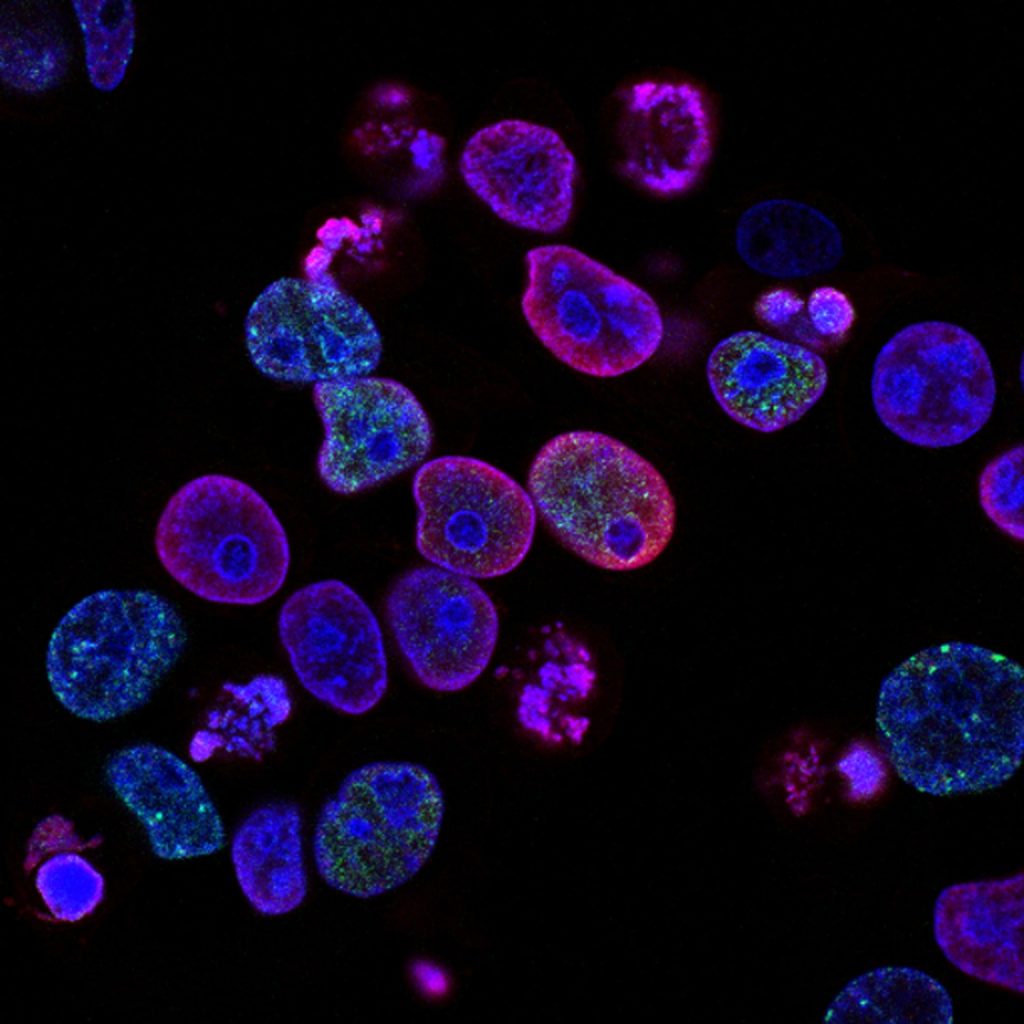
Many scientists have emphasized the groundbreaking discoveries on stem cell therapy and other studies related to stem cells. Stem cell research has brought us bone marrow transplantations, stem cell injections, and other possibilities for treating cancer and blood-related disorders.
As we gradually enter an age wherein medicine can finally cure terminal illnesses such as cancer and blood-related disorders, many are optimistic about stem cell research and the possibility of a universal cure. To truly understand how significant stem cell research can contribute to medicine, you need to know the recent notable studies on stem cells.
Barry Epling once said that stem cell research provides endless possibilities for curing rare diseases such as congenital disabilities. Thus, it is our calling to share with you the latest developments in stem cell research to be optimistic about future treatments using stem cells.
Stem cell implants to allow natural secretion of insulin for Diabetes
Researchers have discovered the possibility of an unlimited supply of insulin-producing cells, giving hope to people with type 1 diabetes. Recent experimentation of stem cell implantations has allowed them to observe that the drug candidate pancreatic endoderm cells generated by stem cells survived and matured into glucose-responsive, insulin-secreting cells.
This insulin treatment has lowered the glucose concentrations, albeit not wholly normalizing them, among type 1 diabetes patients for up to 20% reduced insulin requirements. Doctors noticed no severe adverse effects after monitoring the patients for weeks, and most of the complications were due to surgical procedures.
Stem-like T cells that can aid immunotherapy in cancer treatment
Over the years, the prominent cure to cancer and other terminal illnesses consisted of therapies that use the immune system to destroy diseased cells. Commonly known as immunotherapy, the biggest challenge of doctors who try applying this technique is that not all people respond to immunotherapy drugs.
However, one essential takeaway to researching immunotherapy is that the cells responsible for destroying cancer cells are known as T-cells. Thus, scientists sought after researches focusing on T-cells to counter the impotence of immunotherapy drugs. One particular study included an observation of how T-cells derived from stem cells have retained some latter properties, including cell divisibility.
For instance, researchers discovered that T-cells found in tumors were exhausted after some point in a terminally ill patient’s life. However, stem-like T cells within the nearby lymph nodes do not experience exhaustion during the course of the disease. Exfoliating this property then becomes a priority among scientists of immunobiology studies.
Neural stem cells: can help cure multiple sclerosis & similar diseases
Researchers of neural stem cell biology have been trying to examine how to apply stem cell therapy to treat paralysis and other nerve-related disorders. They have discovered that neural stem cells build up in the brain and generate various brain cells, including Oligodendrocytes, the only brain cells that produce myelin.
Myelin is diminished in various neurodegenerative disorders, which makes the idea of enhancing oligodendrocyte production and repairing the myelin exhibit the potential of curing paralysis and other illnesses of the nervous system.
These are some of the highlights of modern stem cell research. In the next few years, we expect more discoveries to come until a period wherein stem cells can cure every disease on the planet. Until then, we should live by Barry Epling’s words, “stem cell research is the hope of future medicine,” and thus, we should believe in scientists who work hard to make it a reality.